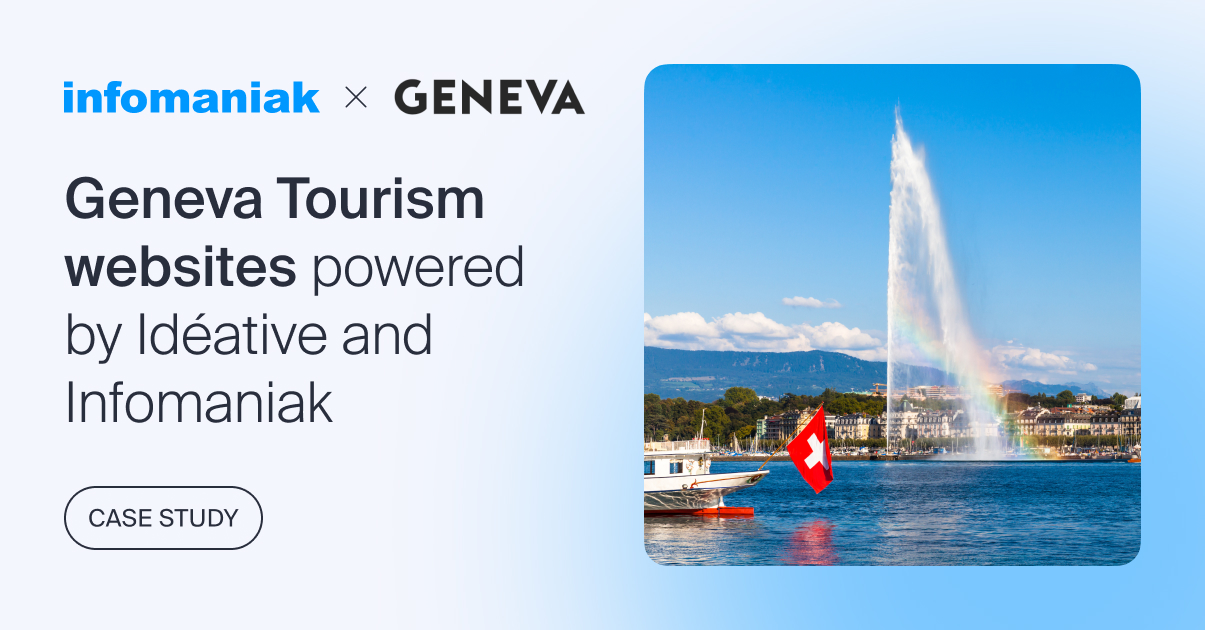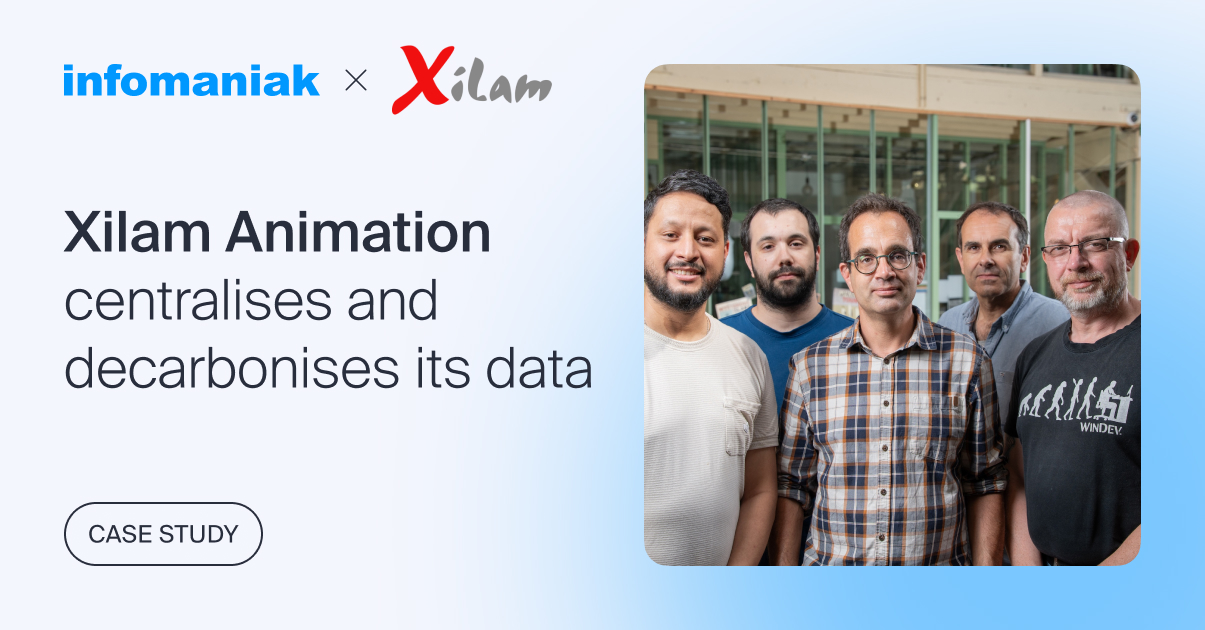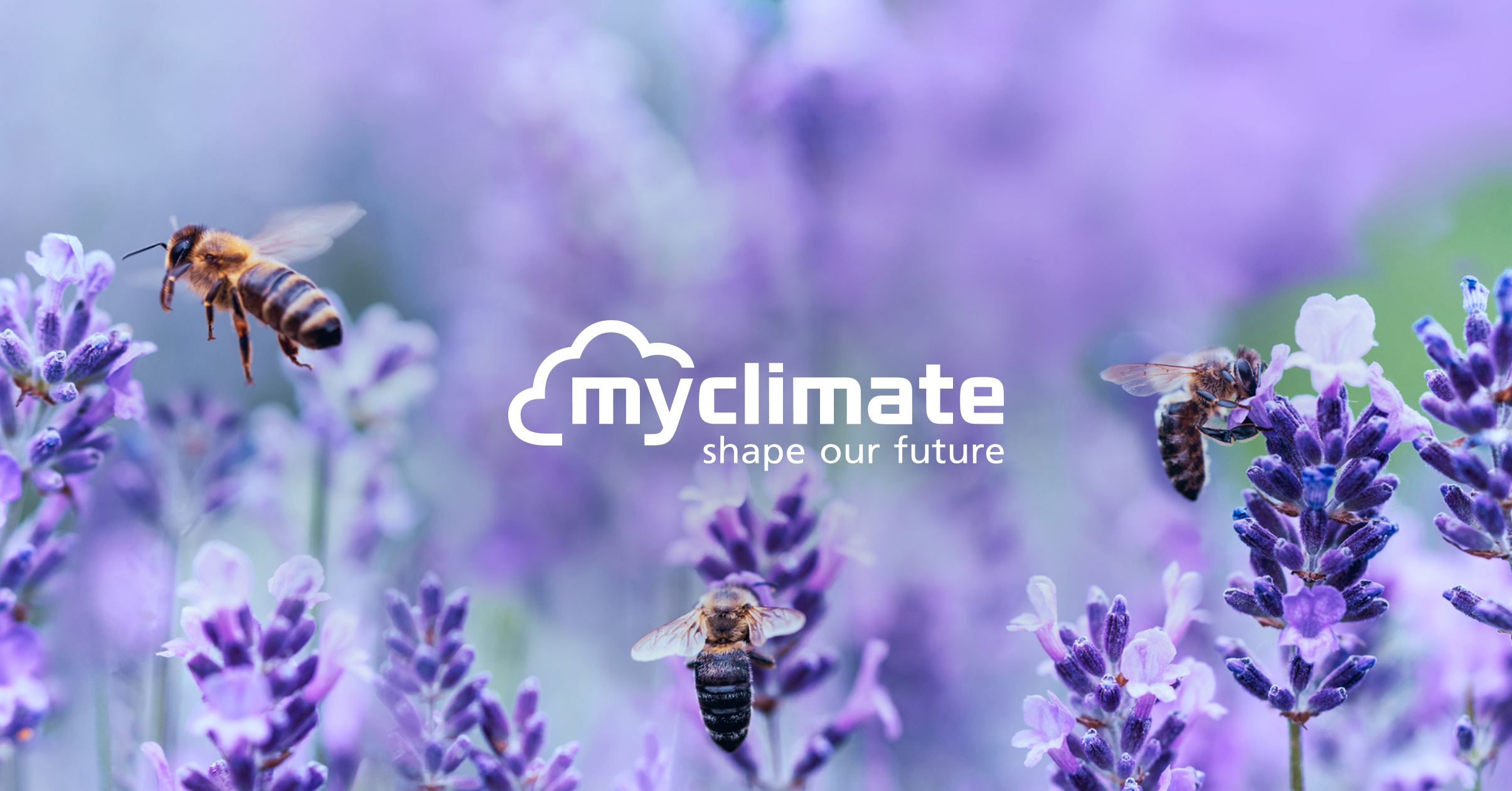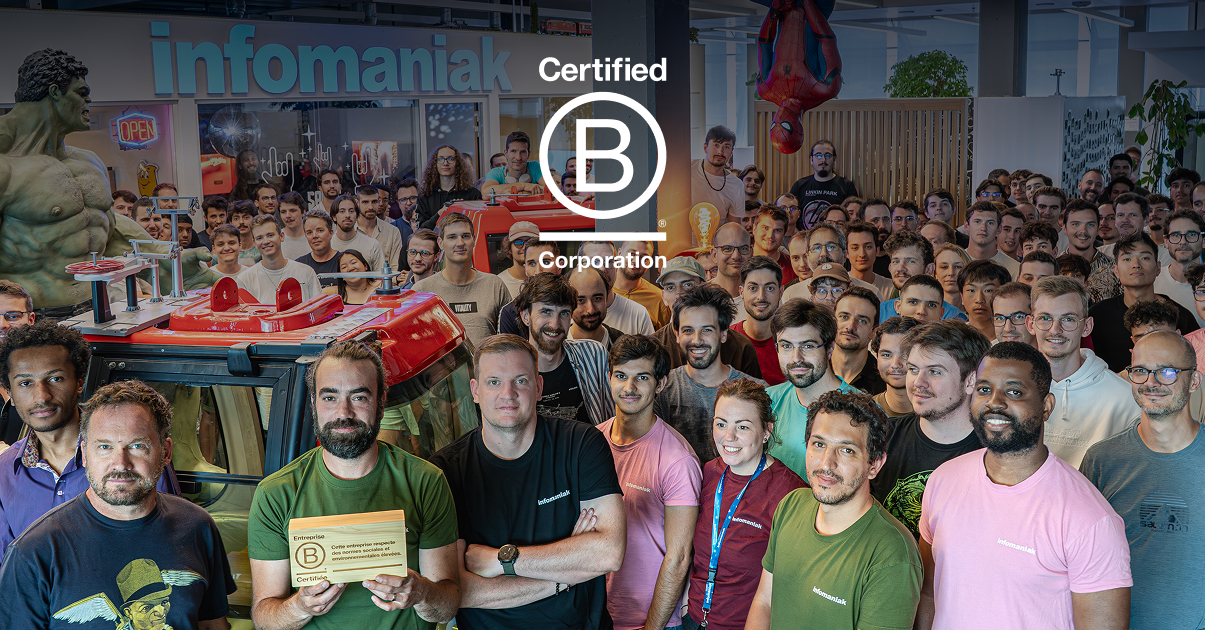At Infomaniak, innovation is not just about developing high-performance products, but also about making them more efficient, sustainable and responsible. Christophe Borcard, Principal Developer with 15 years of experience, explains how a recent optimisation of the SwissTransfer.com sharing service is making a significant impact: 400 W saved on a continuous basis and a machine load reduced by half – the equivalent of 40 LED bulbs lit continuously for one year.
The starting point: a shared architecture
When it was launched in February 2019, our SwissTransfer.com large file sharing service was based on a shared and versatile infrastructure with servers that were able to perform all the functions of the service. This system ensured a highly available service, outstanding performance, an easy-to-maintain structure and a controlled infrastructure size.
The explosion of SwissTransfer throughout Europe
With the rapid and massive adoption of SwissTransfer.com throughout Europe, it quickly became necessary to expand the machine pool and to assign the servers to specific tasks.
A proxy per machine made it possible to redirect user requests to the right service, i.e. to the sending or downloading servers (building block), while encrypting the data in transit.
This structure was powerful and robust, but it had one weakness: the encryption, performed by each proxy, significantly increased the CPU load. The pool of machines dedicated to the service regularly exceeded their load limit.
Results
- A drop in performance for users
- Significant overconsumption of resources and energy for a platform designed to be efficient and sustainable
The solution: optimise the specialised workflow
Ecodesign optimisation was based on two main axes:
- the components required for initial operation in shared mode have been removed, simplifying infrastructure scaling to support the growing success of the service.
- load management has been streamlined, with each server now communicating its status to a centralised proxy. When a transfer starts, the request is redirected to the least used server, ensuring optimal distribution.
It wasn’t just an intuition, but also a deep understanding of the processes between the browser and the server, explains Christophe. Every step counts, and it’s by identifying those steps that you can take action to ensure optimisation.
A small change, but a big impact. This case perfectly illustrates the importance of ecodesign in digital products. A high-performance infrastructure is not only based on powerful servers, but also on intelligent resource management.
Results
- A load distributed evenly across the machine pool
- The elimination of critical peaks
- A continuous reduction of 400 W
- A simpler and more sustainable infrastructure
- Enhanced performance for users
Good ecodesign practices
Optimising is first and foremost about being curious. – Christophe
1. Break down each step
From the browser to the server, every process can hide potential improvements. Understanding each brick helps identify bottlenecks.
2. Implement tracing from the start
In a company, experience often goes beyond the use of data. The implementation of tracing tools allows less experienced people to identify eco-design levers.
If tracing had been in place when SwissTransfer was launched, this optimisation could have been implemented earlier. Tracing makes it possible to see the impact of a request across the entire infrastructure of a service.
3. Work as a team to formalise intuitions
In a company where not everyone has the big picture, it is essential to share your ideas with leads or main developers. This formalises optimisation initiatives and secures the resources needed to make them a reality.
Infomaniak-wide: a culture of optimisation
Ecodesign directly enhances the performance of our services and the satisfaction of our users. It is based mainly on curiosity, humility and a constant desire to improve.
The integration of tracing into all Infomaniak’s building blocks is an ongoing process. Our aim? To anticipate slowdowns, identify weak points and intervene before a user even notices a drop in performance. – Christophe
This optimisation of SwissTransfer is more than just an ecodesign optimisation. It is proof that experience, combined with insatiable curiosity, can transform an energy-intensive process into a model of efficiency for both users and system resources. It also illustrates that the most impactful solutions are sometimes very simple.
And if you’re motivated to work in a team that values this approach, join us at Infomaniak. Here, we don’t just code: we create a sustainable cloud that makes no compromises on privacy, ecology or the local economy. 🚀
More
Euria: the free, sovereign AI assistant to no longer depend on the American giants
Tuesday December 9th, 2025
Case study: the agency Idéative chooses Infomaniak to power the Geneva Tourism sites
Tuesday August 5th, 2025

 Français
Français Deutsch
Deutsch Italiano
Italiano Español
Español




